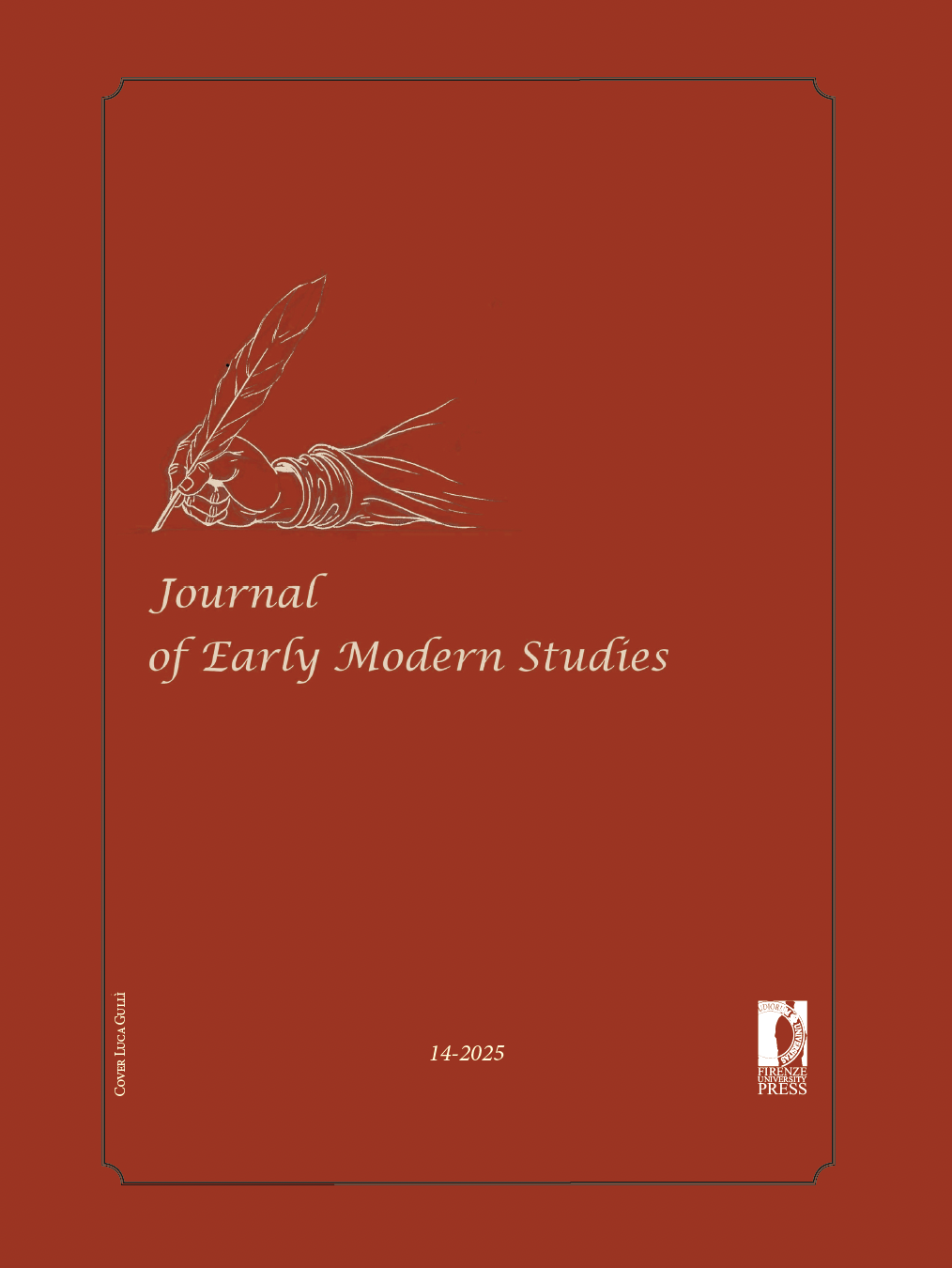Published 2025-07-01
Keywords
- Biography,
- Material Texts,
- Printers,
- Queer Bibliography,
- Sammelbände
How to Cite
Copyright (c) 2025 Michael Durrant

This work is licensed under a Creative Commons Attribution 4.0 International License.
Abstract
The article explores how the early modern book trade and book use have shaped the biography of the notorious seventeenth-century printer, Henry Hills (c. 1625-1688/1689), particularly as this pertains to our knowledge of his sexual history. Key to this analysis will be Hills’ Particular Baptist confession-cum-conversion account, The Prodigal Returned to His Father’s House (c. 1650-1651), which is said to have been composed whilst Hills served time in the Fleet for having entered into a bigamous (and apparently Ranter-inspired) relationship with the wife of a Blackfriars tailor. As the article highlights, The Prodigal is no longer extant; our knowledge of The Prodigal is actually based on a book published much later in 1688, The Life of H.H.. Earlier critics and editors have relied on The Life to access The Prodigal – and, by extension, details related to Hills’ sexual history and his character – without properly acknowledging this crux. Consequently, we have failed to address the ways in which Hills’ sexual history has been produced and augmented by the material forms that enable that history to be read. To offer alternative readings and methodological counterpoints, the article will attend to the longue durée of the four surviving copies of The Life taken from collections in England and North America, in which we find former owners and users transforming their copies of The Life by pulling those copies apart and binding them up in new material and editorial configurations. This copy-specific evidence helps to register the ways in which book use and collection activities have impacted representations of Hills’ sexual history. By extension, the article maintains that they together reveal a potential for queerness that is being played out via deployments of The Life’s material form.

